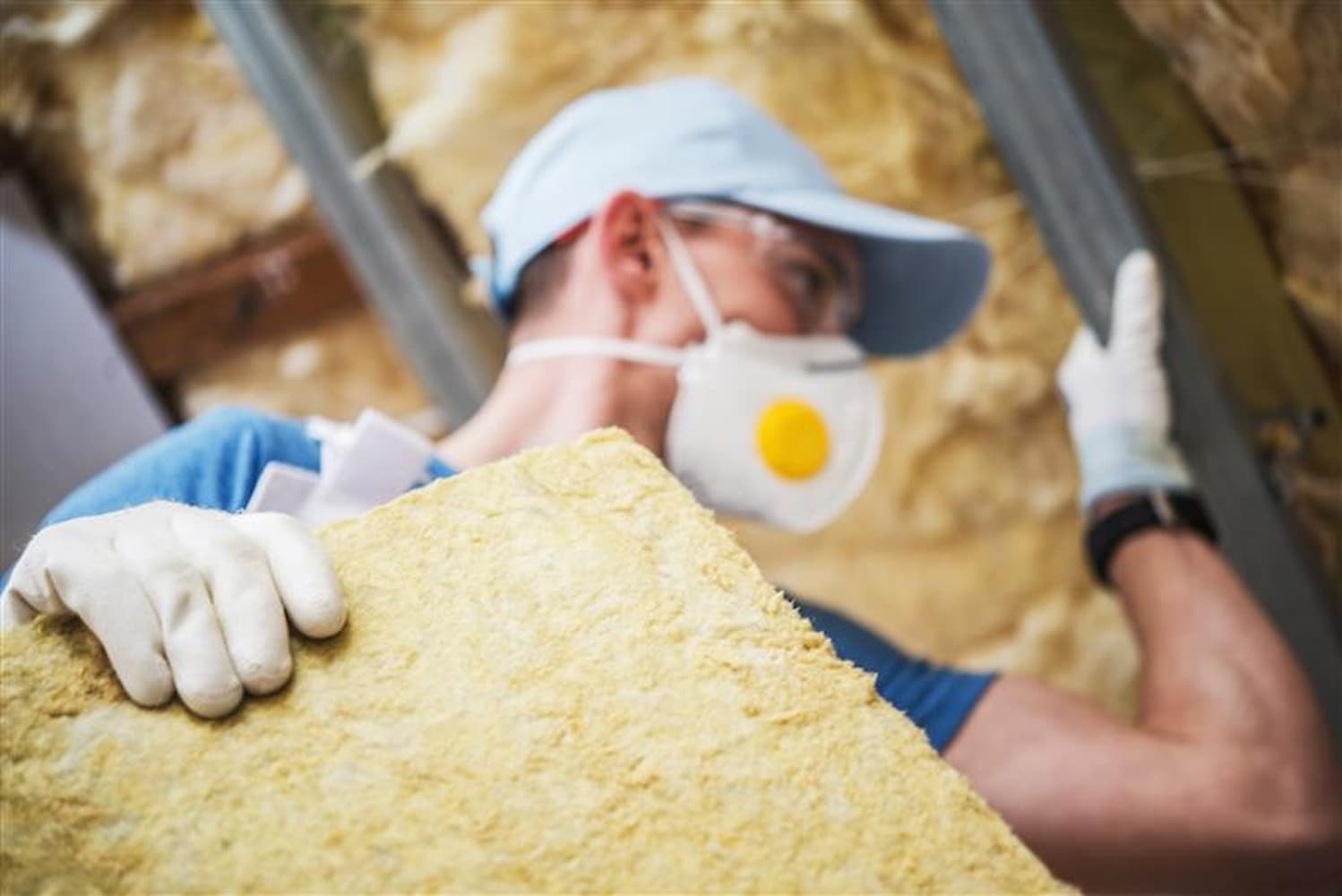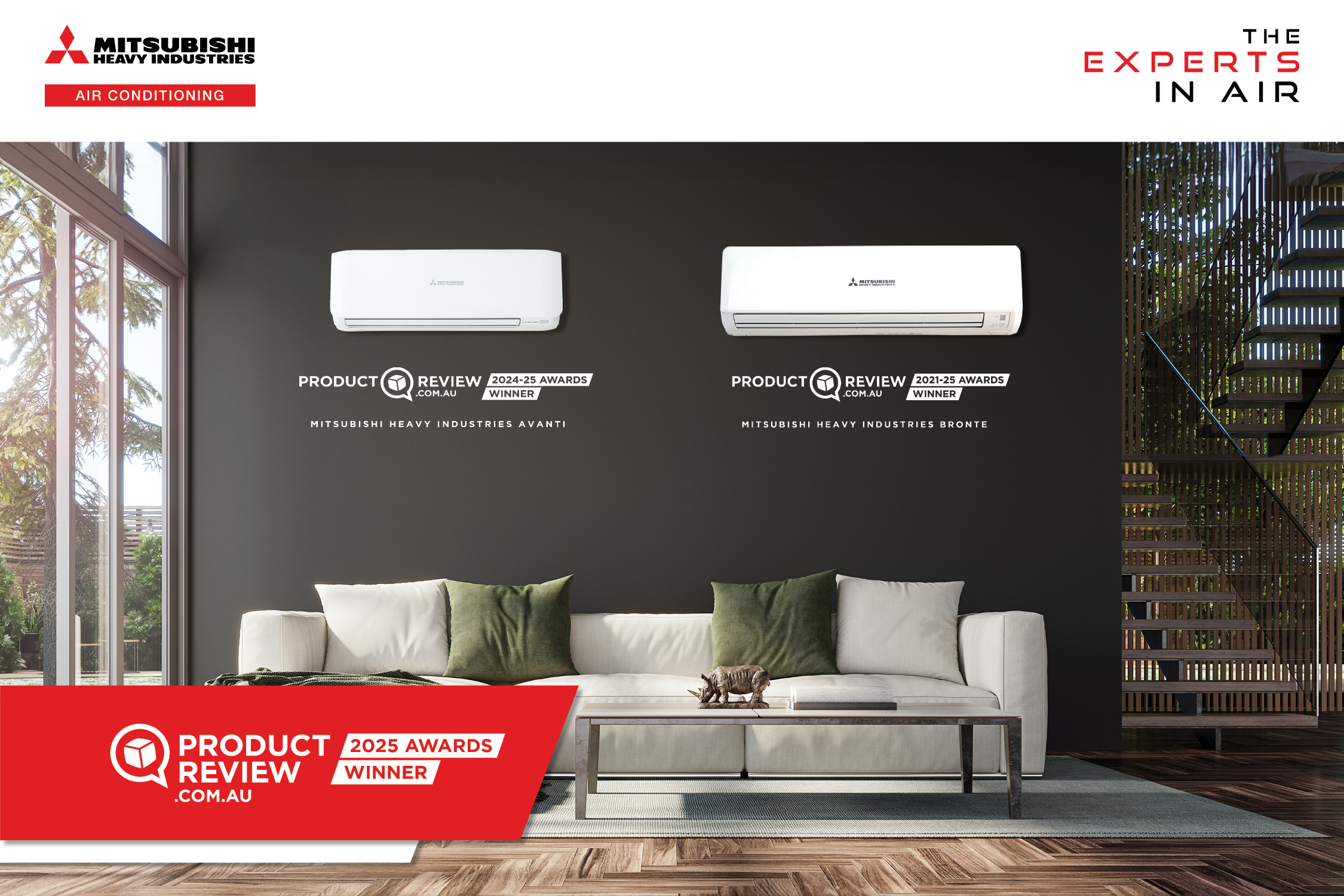The Victorian government has announced that it will subsidise residential ceiling insulation through the Victorian Energy Upgrades (VEU) program from 2026.
According to the state government, the program will first target 200,000 homes that don’t have any insulation at all, before expanding its eligibility to cover under-insulated homes.
“We’re looking at every way possible that we can support households to make those decisions, also businesses too, that can help drive down their energy costs,” says Victorian Premier Jacinta Allan.
Allan says the program would halve the average cost of installing domestic ceiling insulation from $3,000 to $1,500, with the improvement set to save the average Victorian household around $400 per year in power bills.
Learning from past tragedies
The insulation subsidy program marks the first of its kind since the federal “pink batts” insulation scheme of 2009, which became the subject of a royal commission. The Rudd Labor government cancelled the previous scheme in 2010 after four installers died and hundreds of houses insulated under the program caught fire.
The four installers who died were aged between 16 and 25, with three dying from electrocution after stapling through live wires and one dying from heat exhaustion.
In response to the announcement, Shadow Energy Minister David Davis criticised the potential cost of the program and drew parallels with the pink batts scheme.
However, Allan has downplayed the comparisons, noting that there are now much better safety and training measures in place to prevent similar issues from occurring again.
“A regulatory environment, a safety environment … around the installation of ceiling insulation is central to the rollout of this program,” she says.
Positive response
The Green Building Council of Australia (GBCA) responded positively to the announcement on Tuesday. GBCA CEO Davina Rooney says improving insulation is one of the most effective ways to enhance home energy performance, reduce energy costs and improve resilience to extreme temperatures.
“Good insulation is invisible, but its impact is felt every day,” Rooney says. “It makes homes more comfortable to live in, healthier for families, and cheaper to run.”
She says the announcement is an important step toward helping Victorians navigate the energy transition while delivering immediate benefits.
“Every dollar spent on insulation is an investment in lower bills and healthier homes,” she says. “It’s great to see incentives that directly lower bills while improving comfort.”
The Energy Efficiency Council (EEC) has also thrown its support behind the initiative.
“This announcement is a game-changer that will drive down energy bills while improving the health and comfort of homes across Victoria,” says EEC CEO Luke Menzel.
“This support will enable more Victorians to properly insulate their homes – one of the most effective ways to reduce energy costs and emissions. It’ll keep people warm in winter, cool in summer, and reduce the need to spend huge amounts of money running heaters and air conditioners around the clock.”
AIRAH CEO Sami Zheng, Affil.AIRAH, has also applauded the move.
“Energy-efficiency programs and incentives often focus on installing appliances,” she says, “but as a starting point, we should be looking to improve the building envelope. By doing that work, we can reduce heating and cooling loads, and thereby reduce the need for mechanical equipment. This brings various benefits, including a reduced impact on the environment, and lower cost for the householder.
“AIRAH fully supports the inclusion of insulation in the VEU program, and we would welcome similar incentives in other parts of Australia.”
Image courtesy of EyeEm via Freepik.



Leave a Reply